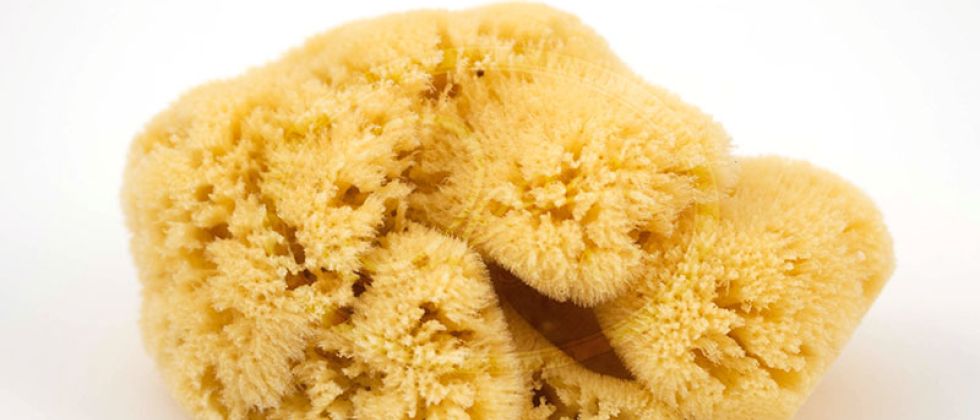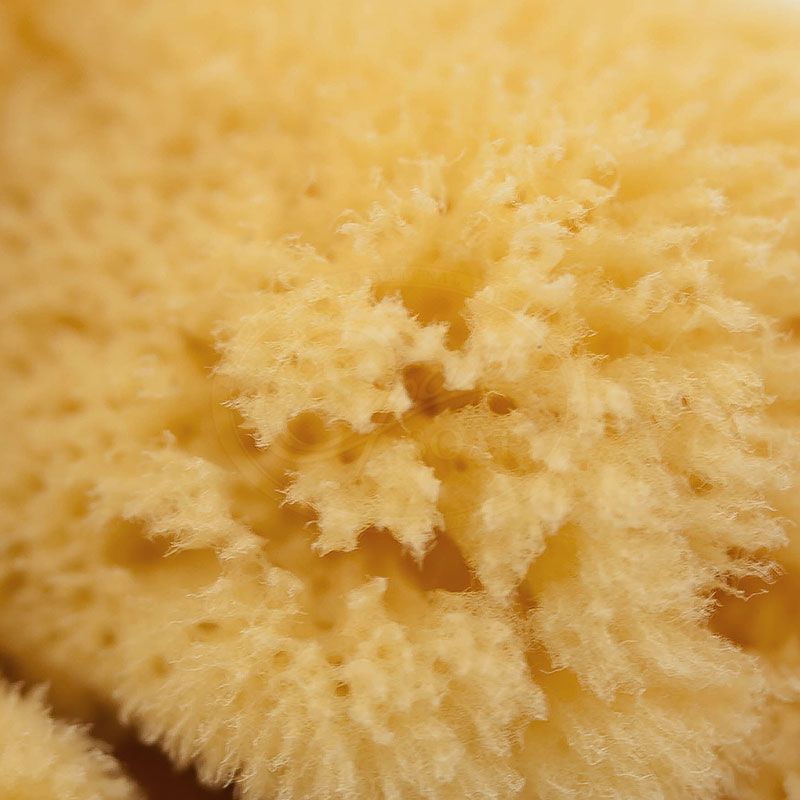Sponge & Loofahs

Color - Why is my Sponge Yellow or Brown
When harvested, all sponges are a dark brown. After processing with peroxide, the brown color is bleached away and a yellow sponge is revealed. By controlling the amount of peroxide and processing time, we control how lightly colored the sponges will be.
There is a trade-off, the lighter the color, the weaker and less durable the sponge becomes. Most of the sponges we ship will have a light brown hue to them. If you would like a bright yellow or darker brown sponge, specify this in the customer order notes and we will locate the best color available for your order.
Which Sponge works best for...?
For Bath and Body - Wool sponges are the best for bathing, they are soft and will last the longest. Grass sponge is a great alternative, it will not last as long as it is not as durable, but is a better value.
For Exfoliation - Yellow sponge has a lightly rough texture and is perfect for exfoliating. Of course our Loofah Sponges are great for exfoliating as well as they have the roughest texture.
For Household cleaning - Use Yellow or Grass sponges for household cleaning. They are value prices and both have a great texture for removing soap scum and dirt.
For Car and Boat - We recommend the Wool sponge (either Prime or Rock Island). Be aware that sponges often contain some trapped sand and/or shell from the ocean floor. Be sure to wash the sponge thoroughly before using it on a delicate automobile finish. Also inspect your sponge to make sure the cut-bottom does not contain any remnants of coral rock or sea shell. If you see or feel any roughness on the bottom of the sponge, use scissors to cut away any impurities before using the sponge on your car's finish.
For your Horse - or other large pets, use our sea wools sponges. Usually the larger the better.
Caring for your Sponge or Loofah
It is advisable to wash loofahs and natural sponges regularly to deter soap build-up. Follow the cleaning advice here regularly to remove soap build-up.
- Rinse the natural sea sponge or loofah under cold running water.
- Soak the sponge or loofah in a small bowl filled with 4 tablespoons of vinegar to each liter (1quart) of water. Leave to soak for 3 hours.
- Remove from the bowl and shake gently to remove excess liquid.
- Place sponge or loofah in sunlight to dry.
- The natural sea sponge or loofah should be as good as new.
How to Soften a Hard Loofah
When you buy a loofah sponge in the store,they all feel as hard as a rock. When it gets soaked with warm water, it should soften up to be comfortable to use. But what if yours stays as hard as a rock?
If your loofah has a handle (to make a back scrubber) do not try using boiling water -- you will dissolve the glue & the handle will come out.
Soak the loofah in a mild bleach solution to break down the fibers somewhat (maybe half a cup of bleach in a gallon of water). If you use too much bleach, or leave it soaking too long, the fibers get way too loose, and you will not be able to use your loofah to exfoliate your skin, etc.

Where do Sponges come from?
Prime Sea Wool, Yellow, Finger, Vase and Glove sponges come from either Key West or the BahamasUnlike their artificial cousins, natural sponges do not live in a pineapple under the sea. The breakdown of our incoming raw sponge shipments is:
Rock Island Sea Wool sponges come from the Gulf of Mexico (from the city of Tarpon Springs heading West / North West)
Grass Sponges come from the Gulf of Mexico (Tarpon Springs) as well as the Bahamas
Silk Sponges come from either the Bahamas (Caribbean Silks), China (South Pacific Silks) or from the Eastern Mediterranean (Mediterranean Silk sponges).
How are Sponges Harvested?
Sponges are harvested sustainably. Wool, Grass and Yellow sponges are cut from the ocean floor using a rake. Vase, finger and silk sponges are laboriously individually hand-cut. When the sponge is harvested, pieces of the sponge remain on the seabed and within a few years it grows back. Also, some pieces will break off and attach themselves to new areas and grow.










